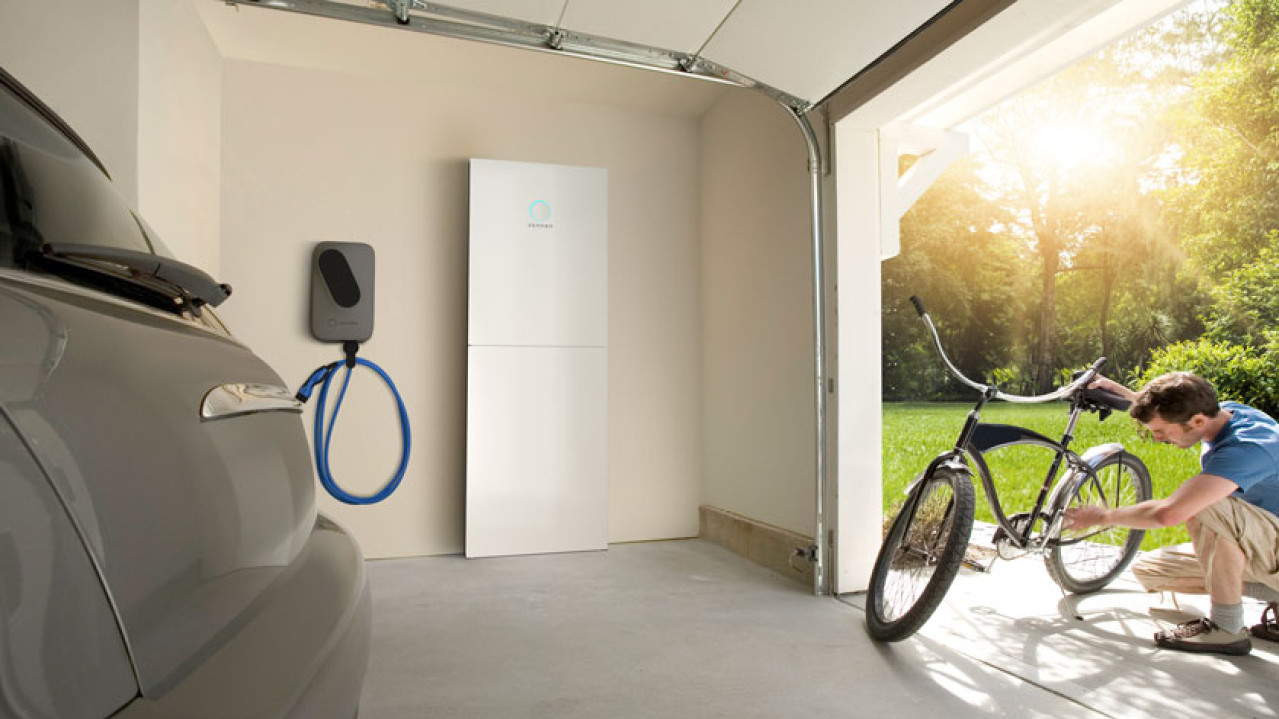
Why sonnen uses lithium iron phosphate solar battery systems
Designed with safety in mind.
Most people know Lithium ion technology from their mobile phone or notebook. But here comes the big difference: within lithium-ion batteries, there are numerous subspecies that differ greatly from each other meaning they suit different applications. A cell phone battery is certainly exposed to different loads than a battery for an electric car or for home storage.
At sonnen we focus on lithium iron phosphate, which is also known by its abbreviations LiFePO4 or LFP. This means that one of the two battery electrodes consists of lithium iron phosphate. In most batteries of cell phones, notebooks or electric cars, this electrode consists of a lithium-cobalt mixture such as nickel-manganese-cobalt (NMC) or nickel-cobalt-aluminum (NCA).
Safety
There is no compromise here, because the sonnenBatterie is usually installed in the home. Our storage systems are repeatedly protected against possible errors and exceed all legal requirements that currently exist. We do not use battery technology with a very high energy density, such as the chemistry used in electric cars or cell phones.
We put our batteries to the test.
We have tested how the sonnenBatterie reacts in the worst case scenario- for example in the event of a internal short circuit or if the battery is penetrated.
In our tests, fully charged lithium iron phosphate batteries when pierced by a nail did not burn or reach critical temperatures. In contrast the NMC or NCA cells when placed in the same circumstances reached very high temperatures of over 700 ° C, which can melt the separator and spread to the other cells leading to a fire that can not be extinguished.
Longevity and efficiency
Batteries lose a little bit of the original capacity with each charge and discharge. That is, it can store less and less energy over time. This process is minimal and continues for years until it reaches a level commonly referred to as the end of life. Most people know this from their mobile phone, which after two or so years will not be able to last the day. With each battery technology, it takes a different amount of time until this point is reached.
How does sonnen compare.
A mobile phone battery usually only reaches 300-500 charging cycles. We also tested NMC battery cells, which are often used in electric cars, and they reached 1,000 charging cycles. With a range per charge of 300 km this would correspond to a service life of 300,000 km. Even many gasoline-powered vehicles can not do that.
However 1,000 charging cycles is not suitable for a home energy storage system. As a rule, such a battery should last 15 to 20 years. In addition, there are additional applications such as our sonnenflat offering, which further increase the number of charging cycles.
The lithium-iron phosphate batteries of the sonnenBatterie can be charged and discharged more than 10,000 times and still have 80% of their output capacity. A peak in the industry.
Environmental compatibility
Lithium iron phosphate is the only battery material that also occurs in its chemical composition as a natural mineral. A battery consists of two electrodes: one of them is graphite, while the other consists of a nickel-cobalt mixture or just lithium iron phosphate. We do not use cobalt or nickel, which are both considered toxic heavy metals.
Proven technology
Lithium iron phosphate technology has been around for over 15 years. It was initially proven in buses or even in submarines. Since its founding in 2010, sonnen has relied exclusively on lithium iron phosphate and has since sold over 100,000 battery storage systems.
Our batteries are also cobalt-free.
Lithium iron phosphate is the only battery component that occurs naturally and does not contain any toxic heavy metals.






